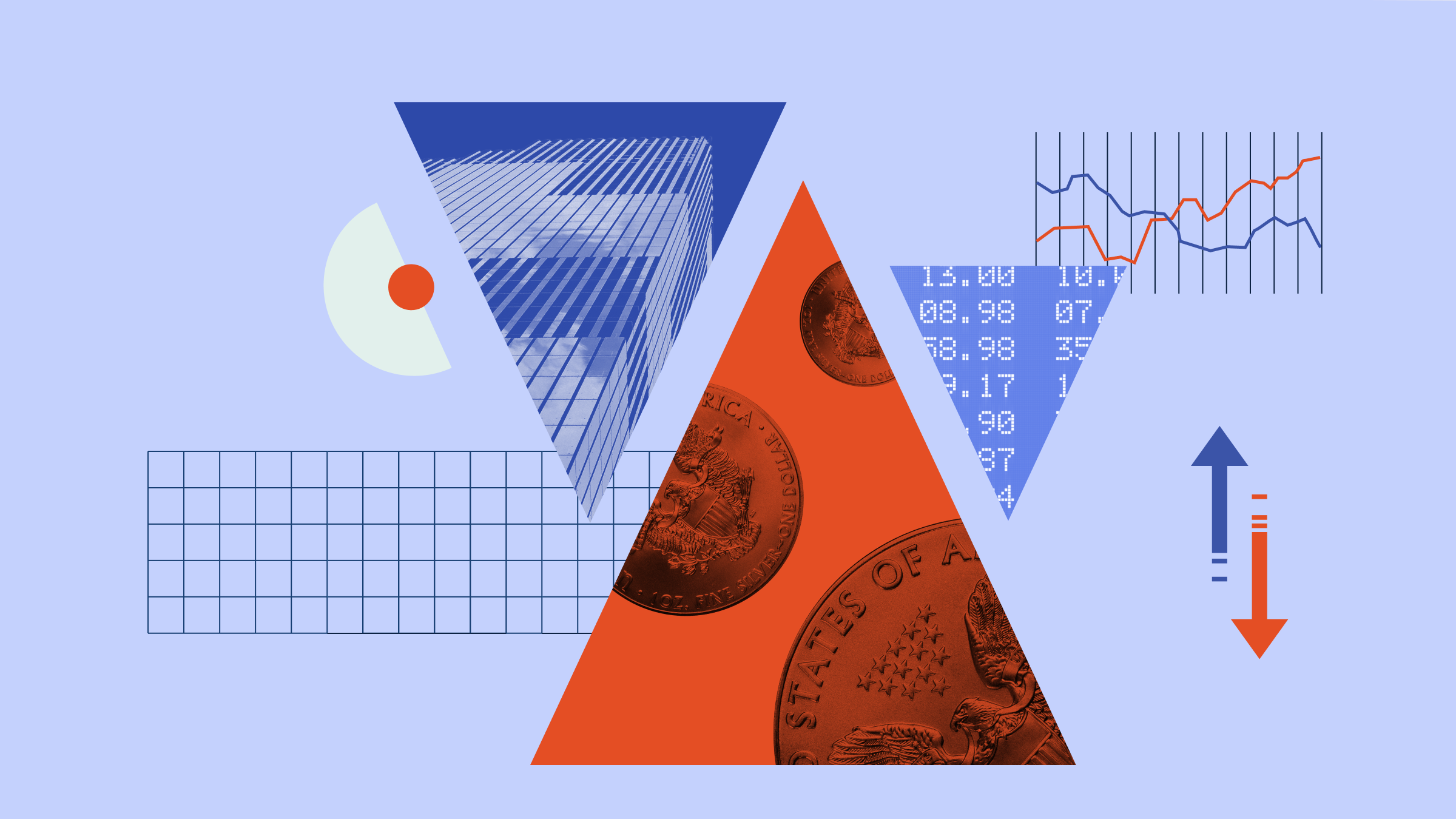On average the managers predicted that by the end of 2004 the Dow Jones Industrial Average would rise 2.8%, the S&P 500 3.9% and the Nasdaq Composite only 1%. In the first two weeks of the new year the S&P 500 is up 1.6% while the Nasdaq has gained 5.4%. The Dow has risen less that 1%.
Signs that the economy is rebounding are apparent.
The final estimate of third quarter GDP growth was an annual rate of 8.2%. The most recent “beige book” report, an anecdotal compilation of economic data from the 12 Federal Reserve districts, showed signs of improvement since the last survey in November.
Most districts gave positive economic reports. “Along with the increase in overall economic activity, many districts reported modest improvements in labor markets.”
The Federal Reserve is not expected to raise interest rates from their 45-year low of 1% for some time. Robert Lind, the chief economist at ABN Amro, an investment bank, says: “The Fed is not likely to do much [about raising rates] in this first half of the year.”
“It is crucial how they go about selling rate rises. There’s no interest in killing off the recovery, only in taking back some stimulus.”
Corporate earnings
Peggy Adams, a large company growth portfolio manager at MFS Investments in Boston, sees positive signs in the corporate world in terms of earnings’ figures and consolidation. “I think we will see continued improvement [in the earnings figures] but the pace will slow.
“Companies are now looking beyond this month and this quarter which is emblematic of a cautious optimism.”
Substantial obstacles to a sustained recovery include unemployment and the twin deficits. Although the economy and the stockmarket do not necessarily move in tandem any setbacks to an economic rebound are likely to hit stockmarket performance.
Despite an enormous fiscal and monetary stimulus the anticipated jobs’ growth has yet to materialise. Some say it is simply a matter of time while others argue it is not a problem which will be resolved quickly.
Stephen Roach, the chief economist at Morgan Stanley, an investment bank, wrote on January 12th: “The US economy is mired in a jobless recovery the likes of which it has never seen.
“This has profound implications for the economic outlook, the political climate, trade policies, and the global business cycle.” He suggested two forces behind this problem: moves to outsource goods and services offshore along with the impact of Internet-driven connectivity.
The growing federal budget and current account trade deficits remain a serious concern to many investors. The current account deficit is rising to new highs with general uncertainty as to how far it can rise and the damage it may do.
Budget deficits
Alan Greenspan, the chairman of the Federal Reserve, addressed the matter at a speech in Germany on January 13th. He said: “There is no simple measure by which to judge the sustainability of either a string of current account deficits or their consequence, a significant buildup in external claims that need to be serviced.
“In the end, the restraint on the size of tolerable US imbalances in the global arena will likely be the reluctance of foreign country residents to accumulate additional debt and equity [share] claims against US residents.”
Andrew Teufel, the director of research of Fisher Investments in San Francisco, is bullish on the prospects for America this year. He does not view the current account deficit as a substantial impediment to an American recovery. He expects the economy to do well this year saying that performance could well exceed current expectations.
Lastly, much talk surrounds the dollar as it plunges against most leading currencies. A falling dollar would help firms which export their goods abroad but may make America a less attractive investment prospect for foreigners. If the dollar falls too far the Fed may move to raise rates. This could make larger firms more attractive to investors – as they can raise capital more cheaply – than smaller companies.
Speculation abounds that the dollar will continue its fall throughout 2004. Mr Teufel takes a contrarian view: “It is more probable that the dollar will strengthen than weaken against the euro, sterling and the yen this year.”















